Top Fire-Resistant Plants for Landscaping

Wildfire-safe landscaping is changing fast in California. New “Zone 0” rules focus on the first 0–5 feet around your home as the highest-priority area for minimizing ember-driven ignitions — and they strongly favor non-combustible surfaces and plant choices. That makes a hybrid approach—non-flammable metal art from Desert Steel plus carefully chosen live, fire-resistant plants—one of the smartest, most attractive strategies for homes in fire-prone areas.
Below you’ll find a concise guide to fire-resistant plant choices (with quick care tips), a simple table to compare species by fire-safety, and practical ideas for integrating Desert Steel’s steel plants (agaves, saguaros, barrel cactus, prickly pears and other metal succulents) into a Zone-0-aware yard. Desert Steel metal plants give you the visual drama of desert planting with zero combustible material — ideal for the ember-resistant zone
Why Zone 0 matters (quick summary)
Zone 0 (0–5 ft) is the ember-resistant zone nearest your home. California guidance and local fire districts are emphasizing clearing or replacing highly combustible materials there (wood mulch, dry plants, stacked firewood, combustible furniture). Many jurisdictions recommend or will require hardscaping, gravel, concrete and/or non-combustible features in Zone 0. Potted, well-maintained succulents may be allowed in some cases — check your local rules.
Recommended fire-resistant plants (with care tips)
Succulents & Agaves (High fire resistance)
-
Why: Thick, water-filled leaves and low dead-material accumulation make succulents and many agaves comparatively fire-resistant. They’re also drought-tolerant and relatively low maintenance.
-
Care: Full sun to part sun (species dependent), excellent drainage, infrequent deep watering (allow soil to dry). Protect young plants from frost as needed.
Prickly Pear (Opuntia) (High-Moderate)
-
Why: Succulent pads store water; low surface fuels if kept pruned and free of old pads. Attractive flowers and fruit.
-
Care: Full sun, well-draining soil, minimal watering once established. Remove fallen pads/fruit to reduce debris.
Barrel Cactus (High)
-
Why: Compact, low surface area and fleshy tissue — good fire performance when kept free of litter.
-
Care: Full sun, sandy gritty soil, very little water; protect from overwatering.
Lavender, Rosemary, and Other Mediterranean Herbs (Moderate)
-
Why: Some Mediterranean species (when well-maintained and irrigated) are used in defensible landscapes for their lower dead-fuel load — but many aromatics can be flammable when woody/neglected, so maintenance matters.
-
Care: Prune annually, remove dead wood, irrigate sensibly.
California lilac (Ceanothus) & Toyon (Moderate)
-
Why: Several California natives are listed as having moderate fire resistance and are good choices beyond Zone 0 (Zones 1–2) when properly spaced and maintained. They are best used further from the 0–5 ft ember zone.
-
Care: Plant according to mature size, prune to avoid fuel ladders, avoid planting immediately adjacent to structure in Zone 0.
Fire-safety comparison table (quick reference)
Plant / Material Image Fire-Resistance Rating* Drought Tolerant Zone 0 Quick Care Tip Desert Steel metal agave (steel sculpture) 
Non-combustible N/A (metal) Ideal in Zone 0 No watering, zero maintenance; place on gravel/hardscape. Desert Steel metal saguaro / prickly pear 
Non- combustible N/A Ideal in Zone 0 Use as focal point on hardscape — safe and permanent. Succulents (Aloe, many Agaves) 
High High Potted only / limited — check local rule Well-drained soil; low water. Prickly pear (Opuntia) 
High-Moderate High Often allowed in pots; in-ground may be restricted in Zone 0 Remove debris & dead pads. Barrel cactus 
High High Often allowed in pots / on gravel Minimal water; keep area clear of litter. Lavender / Rosemary 
Moderate Moderate Not recommended in Zone 0 Prune, remove dead wood, avoid mulch in Zone 0.
*Ratings are general — all plants can burn under extreme conditions; local lists (city/county fire safe councils) provide detailed recommendations. Maintenance and spacing are crucial.
How to integrate Desert Steel metal plants with live planting
-
Zone 0 (0–5 ft): go hardscape + steel art. Use gravel, pavers, concrete, or decomposed granite immediately adjacent to your walls and attach Desert Steel sculptures as the visual anchor. Metal agaves, saguaros, barrel cactus and prickly pears give instant texture and desert character with no combustible fuel. This aligns with the intent of Zone 0 rules and is defensible against embers.
-
Use pots for living succulents if you want greenery in Zone 0. Many jurisdictions permit potted plants if they’re well maintained, elevated off combustible decking and kept free of dead litter. Choose fleshy succulents and water them to keep moisture content higher. Always check local code before planting in Zone 0.
-
Create a buffer band (Zone 1): live fire-resistant plants. From 5–30 ft out, use well-spaced succulents, low native shrubs (manzanita only where appropriate), and gravel bands. Manage pruning and remove dead material regularly.
-
Design tips: cluster plants in islands separated by non-combustible paths, avoid mulch or use non-flammable rock mulches, and keep tree branches pruned away from roofs. Metal pieces can mark focal points and reduce the need for large live specimen plants close to structures.
Practical maintenance checklist (Zone 0 & nearby)
-
Remove fallen leaves, needles, and spent blooms from the 0–5 ft zone.
-
Replace combustible mulch with gravel, paving, or compacted decomposed granite.
-
Keep potted plants away from combustible siding and elevated decks; keep them irrigated and free of dead material.
-
Use Desert Steel metal plants as permanent, ember-safe focal points—no pruning, no watering, no litter.

Final thoughts
California’s Zone 0 guidance is pushing homeowners toward safer, low-fuel landscaping right next to homes. Combining Desert Steel’s non-combustible metal agaves, saguaros, prickly pears and other sculptures with fire-resistant live plants (used carefully and mostly beyond the immediate 5-foot zone) creates a beautiful, low-maintenance, and compliant landscape. For properties in Very High Fire Hazard areas, always check your city or county’s specific Zone 0 rules before installing live material in the ember zone — and consider steel art where you want style without the risk.

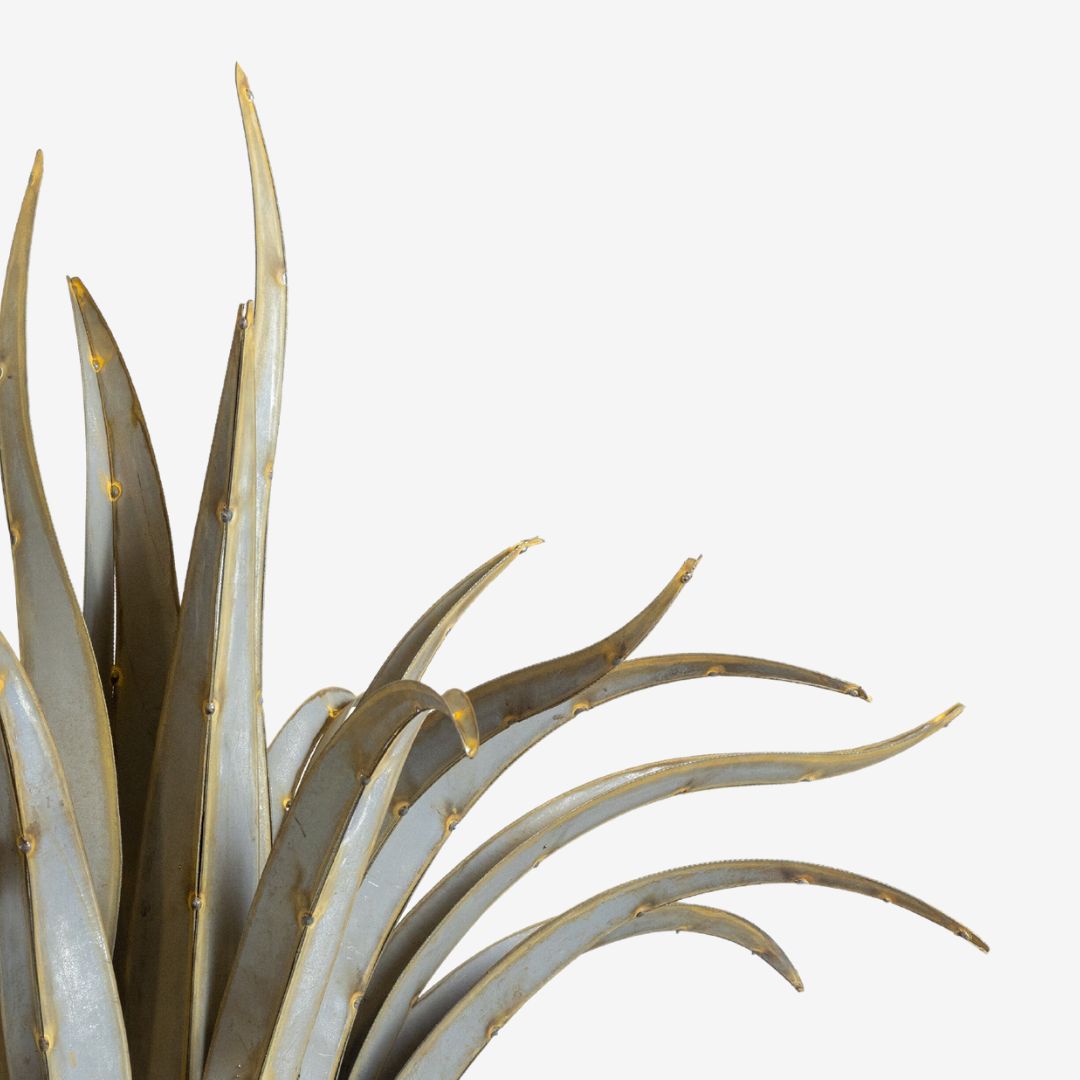 Agaves
Agaves
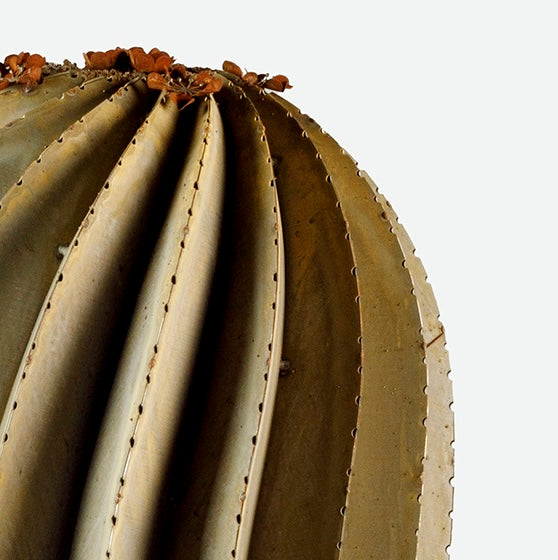 Barrel Cacti
Barrel Cacti
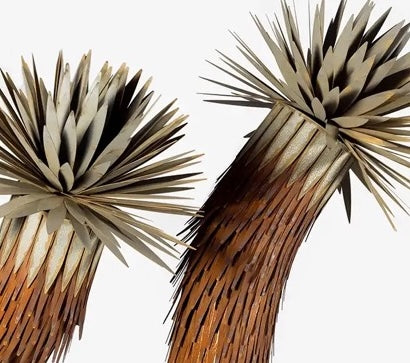 Joshua Trees
Joshua Trees
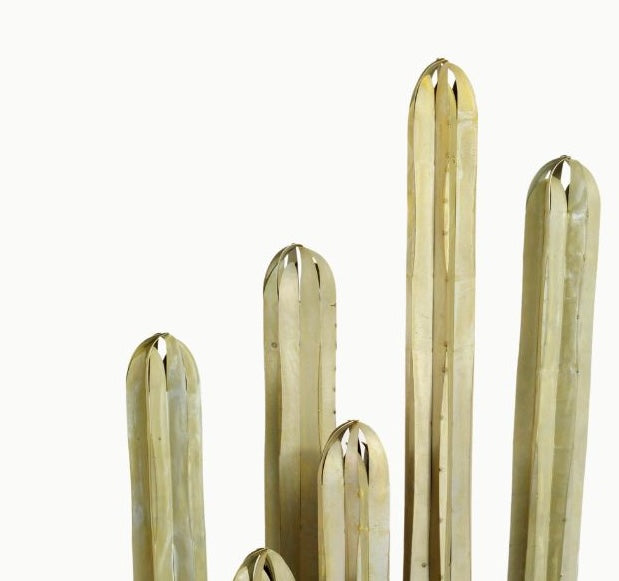 Mexican Fence Post
Mexican Fence Post
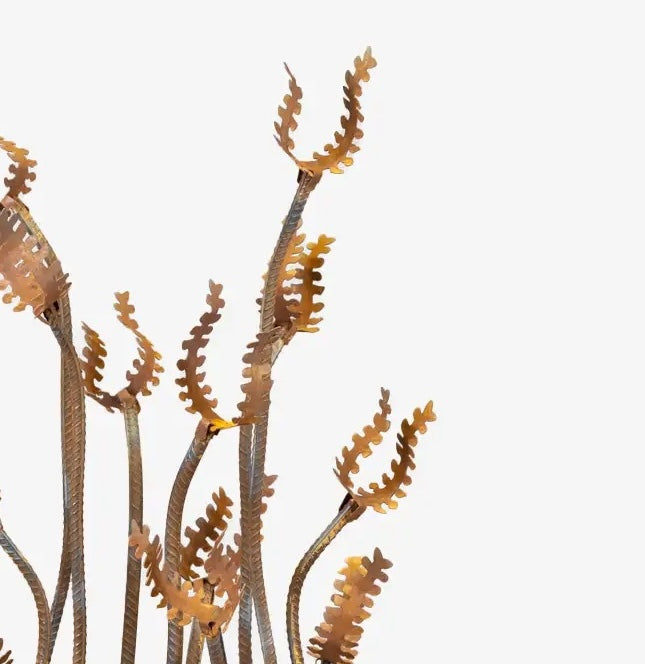 Ocotillo
Ocotillo
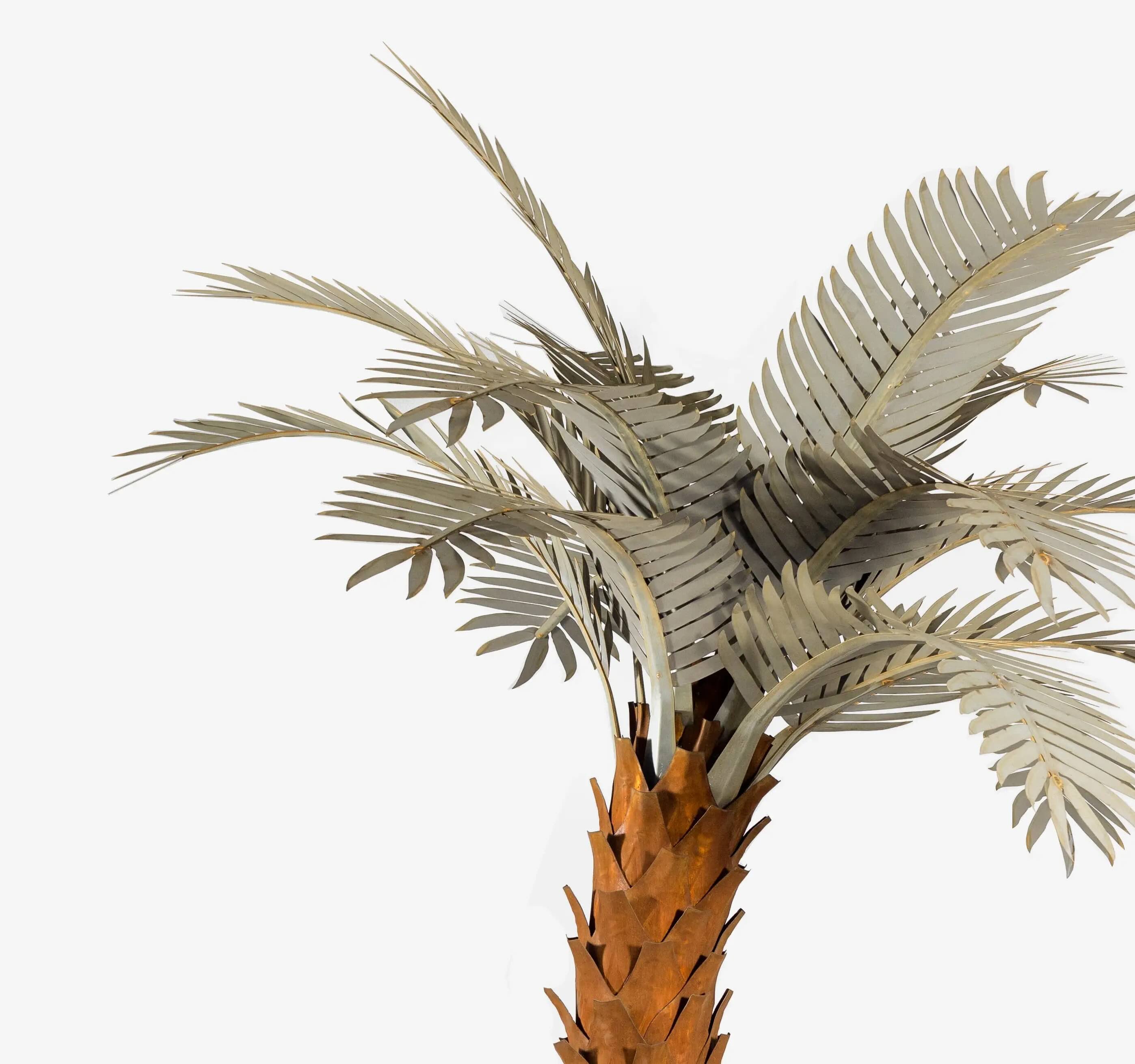 Palm Trees
Palm Trees
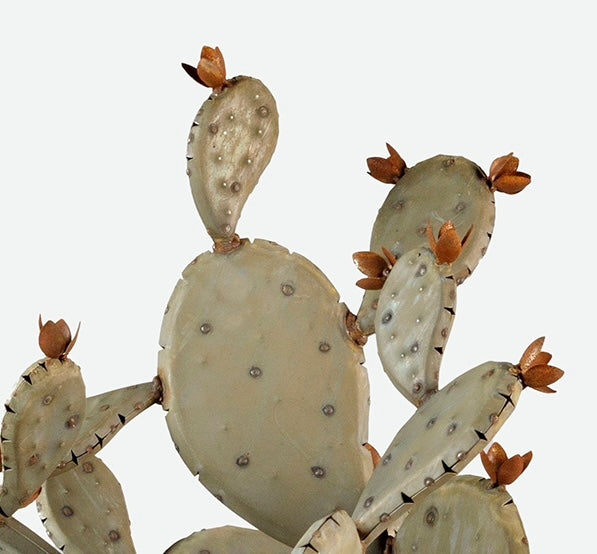 Prickly Pears
Prickly Pears
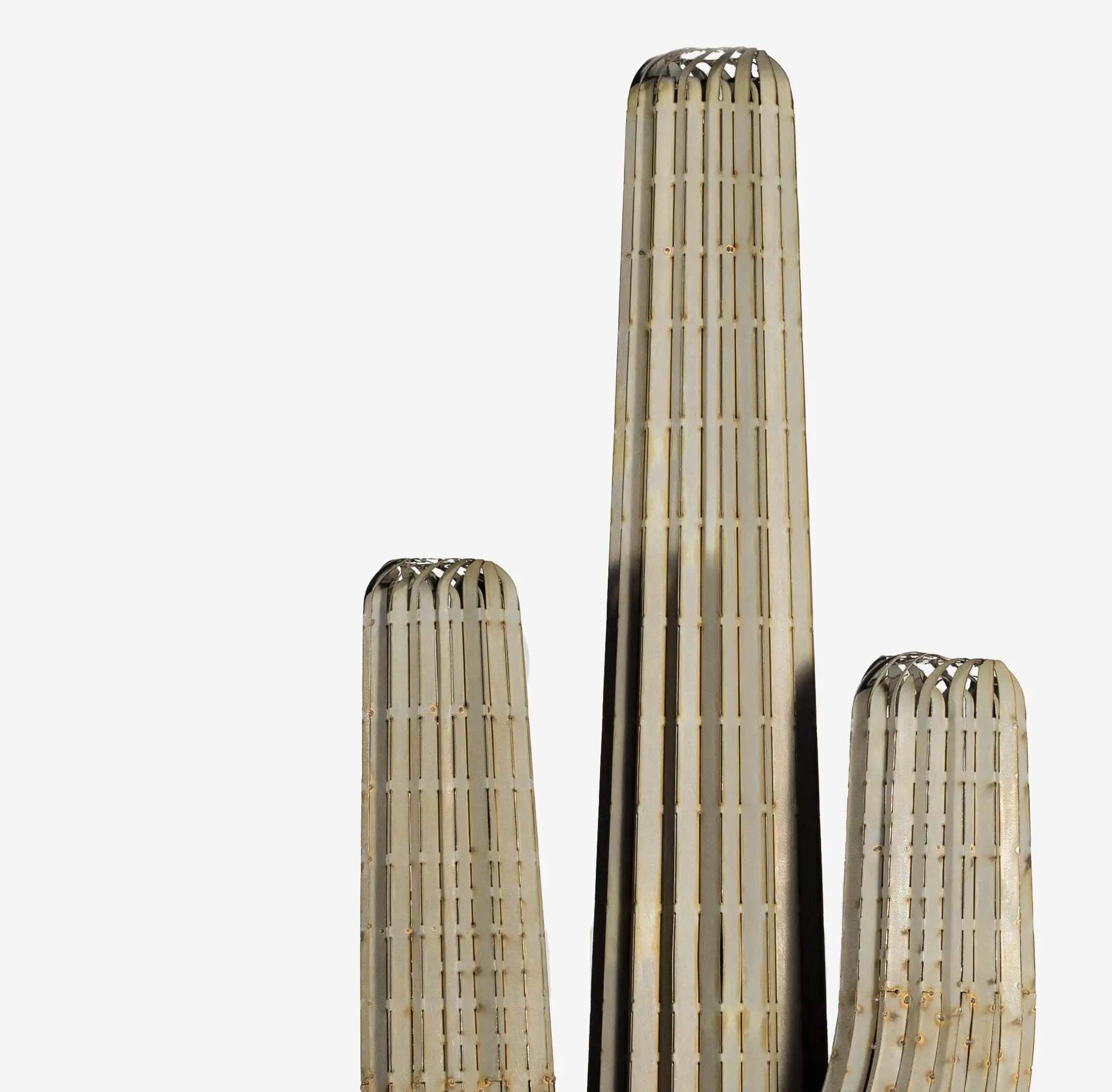 Saguaros
Saguaros
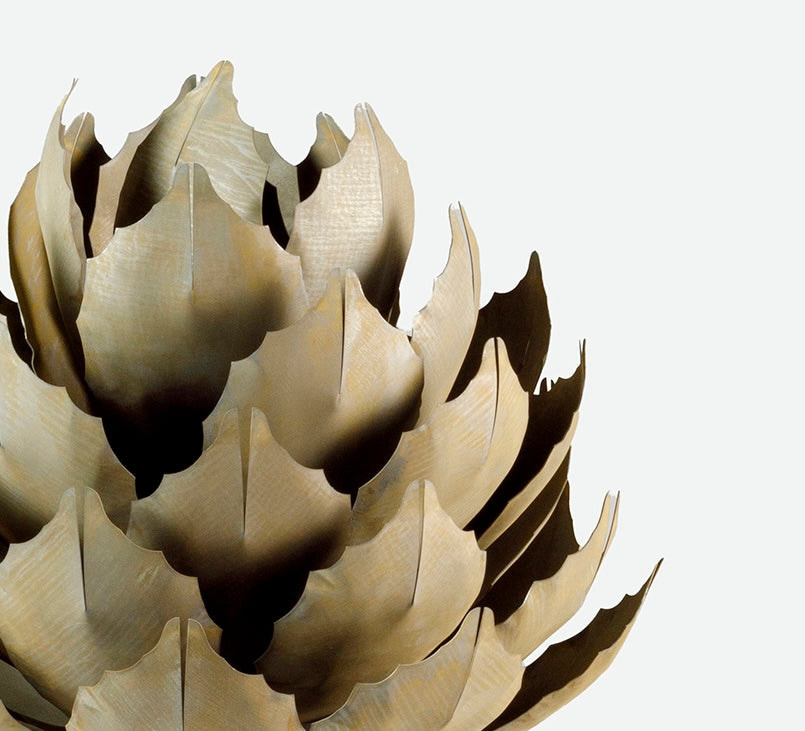 Succulents
Succulents